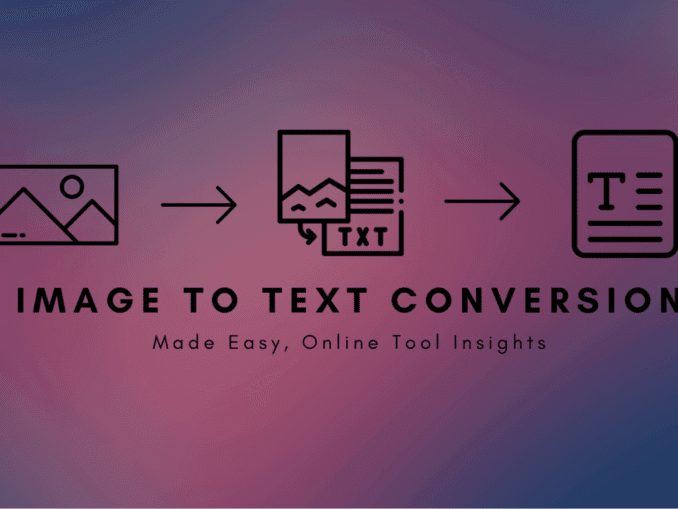Question: What is Unicode in the computers?
Answer:
Unicode enables computers to process characters for most of the world's major languages.
Unicode is a character encoding standard that provides a unique numeric value (code point) for every character used in human writing systems, regardless of the language or script. It encompasses a vast range of characters from various writing systems, including Latin, Cyrillic, Arabic, Chinese, Japanese, and many others.
By using Unicode, computers can represent and process text from different languages and scripts, enabling multilingual support and internationalization in software applications. It allows for the exchange and display of diverse text content, regardless of the languages involved.
Unicode supports a wide range of characters, currently accommodating over 143,000 characters, including both commonly used and less common characters. It covers characters from modern and historic scripts, as well as symbols, emojis, and special characters.
The Unicode standard provides a consistent and universal way to handle and represent text, ensuring interoperability and compatibility across different platforms, operating systems, and software applications. It has become the foundation for multilingual computing and plays a crucial role in enabling global communication and digital content representation.
MCQ: ________ enables computer to process the characters for most of the world’s major languages.
Explanation:
Unicode enables computers to process characters for most of the world's major languages.
Unicode is a character encoding standard that provides a unique numeric value (code point) for every character used in human writing systems, regardless of the language or script. It encompasses a vast range of characters from various writing systems, including Latin, Cyrillic, Arabic, Chinese, Japanese, and many others.
By using Unicode, computers can represent and process text from different languages and scripts, enabling multilingual support and internationalization in software applications. It allows for the exchange and display of diverse text content, regardless of the languages involved.
Unicode supports a wide range of characters, currently accommodating over 143,000 characters, including both commonly used and less common characters. It covers characters from modern and historic scripts, as well as symbols, emojis, and special characters.
The Unicode standard provides a consistent and universal way to handle and represent text, ensuring interoperability and compatibility across different platforms, operating systems, and software applications. It has become the foundation for multilingual computing and plays a crucial role in enabling global communication and digital content representation.
Discuss a Question
Related Questions
- 1. ________ is enclosed in angle brackets.
- 2. What is Parameter entities in the context of XML and DTD (Document Type Definition)?
- 3. Which of the following is NOT a fundamental component of web development?
- 4. XML documents are called ________ sections
- 5. The ____ and ______ attributes specify the layout of frames within the browser window.
- 6. The ________ attribute in an input element inserts a button that, when click will clear the contents of reset.
- 7. CSS introduces the position property and a capability called ________.
- 8. Which of the Following is correct special character Code
- 9. By default, ordered list use _____ sequence of numbers
- 10. The _____ element is used to insert a horizontal rule.
You may be interested in:
Web Fundamental MCQs






